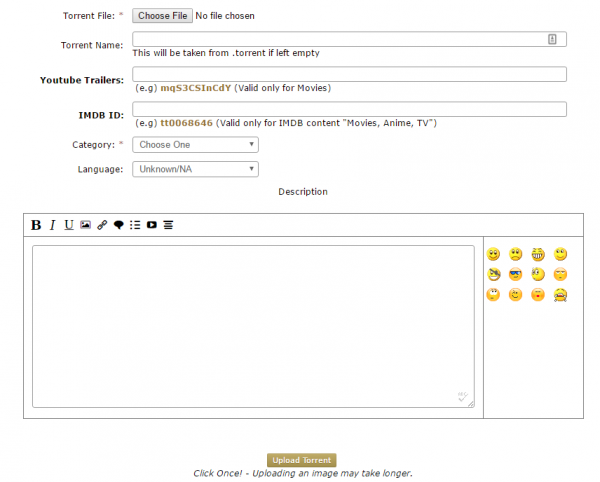
FXPHD - 3DE202 3DEqualizer Tricks of the Trade In the studio, completing tracks quickly and efficiently is a vital part of the wider process and makes you stand out as an indispensable artist! Often other artists say: Wow! How did you do that so quickly!? Or How did you manage to track this?
I thought that shot was impossible! This course, taught by Philip Maddock, will show you amazing tips and tricks to power through your shots when the deadline is looming.
Fxphd Torrent Download. 1/27/2018 0 Comments The conflation of tools and technologies with the ways people use them is a big problem in the copyright debate. One of the many, many examples is the way the anti-piracy crowd treats 'torrent' as a dirty word.
We will look at techniques such as using straightforward python to help out when there is little to track, along with tricking the software into giving us great results when conventional approaches fail and constraining our results to the correct movement types. Philip Maddock is an established 3DE trainer who is once again delivering an in-depth course, demonstrating invaluable techniques in this industry leading software. During his career, Philip has worked in mainly films and commercials, along with training artists around the world. Philip is currently working as a 3D artist at The Mill London and in this course is looking to build on your skills as a tracking artist. Course syllabus Class 1: Utilizing python scripts for markerless object tracks. We use simple python to create a free moving 3D object track to add a tablet device to a shot - when no tracking markers were used.
This technique will also prove invaluable for markerless 3D screen placements. Class 2: Tricking the calculation to solve impossible shots. We look into a typical problem, where only a couple of markers were used during the shoot but we require a full 3D camera move.
We can trick 3DE into thinking that we are working with a dynamic lens, when in reality we are actually reverse engineering the track to create a fixed focal length camera move. This is a really impressive technique that will make you stand out as someone who really understands the intricate logic behind this complex software.
Class 3: Using reference images to directly affect object tracks. This technique provides super accurate results for all kinds of object tracks. In this example we will look at object tracking a moving motorcycle and achieving really clean animation which is vital for the wider CG process. Culture clash songs. Class 4: Rendering dailies very quickly directly from 3DE. In the studio, every track needs to be reviewed in daily sessions or screenings by your CG supervisor. It is so often the case that so much time is wasted by: exporting the track > rendering in 3D software > compositing. Why spend this time on this when we can accurately render directly from 3DE?

Assimil ingles americano pdf. This time can be spent on get through more shots! These renders can be used on your reel! Class 5: Handling lens distortion and overscan.
We will look at the whole pipeline! Calculating the distortion, exporting what we need and running it through external software. 3DE has internal solution for this.but we will look at a more robust pipeline. For the first half, we will be in 3DE4. The second half will be conducted in Nuke and Maya. If you wish to follow along, then please ensure that you have Nuke and Maya installed. You will also need the Lens Distortion Plugin Kit v1.8.1 for Nuke.
This is free and can be found here: www.3dequalizer.com/index.php?site=tech_docs Class 6: Multi frame reference point placement and reel-ins. This is an amazing technique for accurately placing 3D points anywhere in your scene on (virtually) any object without actually tracking that point 2D! We can break our timeline down to influence our solution and set things up before moving into the layout phase in our 3D software.
Class 7: The sports zoom. Fast moving shot? Camera zooming in and out on the action? We will look into a sports zoom shot which are very common in a TV commercials and can be a real hassle unless you have this skill under your belt. Class 8: Constraints.
There are typical camera moves that directors of photography favor. We will look at different camera movement types and how to work with them. We cover three shots, but we will focus mainly on the circle constraint. This is very common for pack shots when we really needs to show off a product. Circular movement is difficult to tackle and we will discuss why certain constraints are so effective! Class 9: Estimating lens distortion. We will look at a shot which has lots of lens distortion, but no lens grid was shot.
3DE can do a great job of parameter adjusting for lens distortion, but what happens when we cant get the right result and we need a solution that works? We will talk about how to visually estimate lens distortion so we do not end up with weird results at the compositing stage. Class 10: Point offsetting. Appending the position of 2D points is one of the best ways to stop jumps and skips in your tracks. But proceed with caution! This can be a tricky technique which can lead to misleading results.